
Greenhouse gardening – growing plants under protection – allows you to control the growing environment and nurture a whole range of plants that otherwise would be too sensitive to grow outside.
This means you can grow a tropical oasis and propagate your own plants in orangeries, hothouses, greenhouses, conservatories or glasshouses.
Read on to find out how to make the most out of your greenhouse gardening. Then find tips on how to choose a greenhouse. For more gardening advice and inspiration, jump to our hub page.

Choose a stunning display of bougainvillea from summer through to autumn in a conservatory or orangery
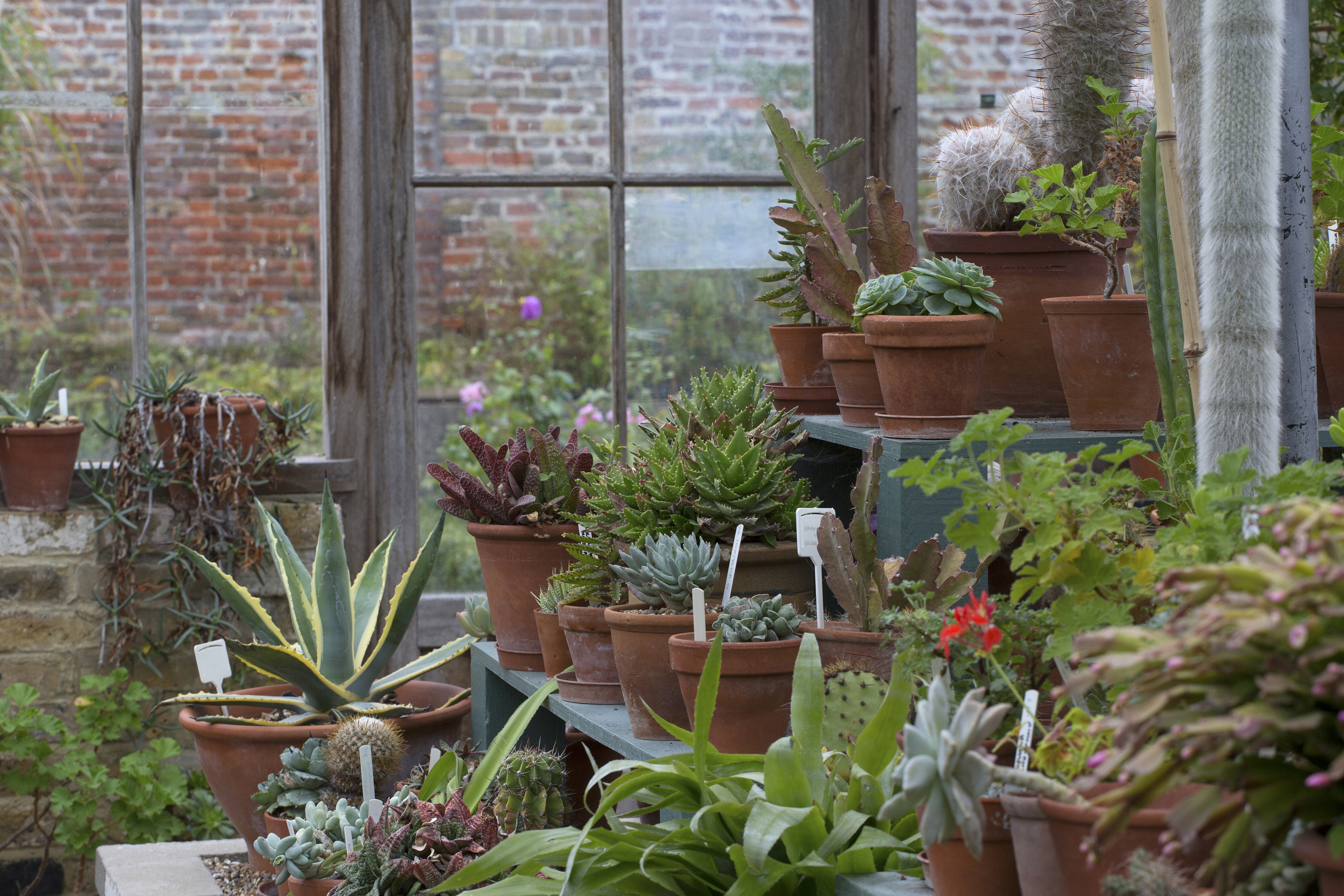
Cacti and succulents on a traditional tiered theatre in a greenhouse
Greenhouse growing
Although the first glasshouses appeared on grand country estates in Britain in the 17th and 18th century, for nurturing the exotic plants brought back by intrepid explorers, it was the Victorians who popularised their use for the masses, and the fashion for cultivating exotic plants.
How does a greenhouse work?
Plants grown under protection depend on you to provide all their needs – light, temperature, moisture and humidity. Consider the following for greenhouse gardening:
- Position your greenhouse where it will get good light levels year-round, sheltered from winds and close to a tap and power point;
- Avoid extremes of weather as that can damage plants; it is important to have a thermometer and check it regularly;
- Fluctuating weather outside is magnified inside;
- Ventilation is essential for constant air movement to prevent fungal infections; adjust the ventilation to maintain the temperature.
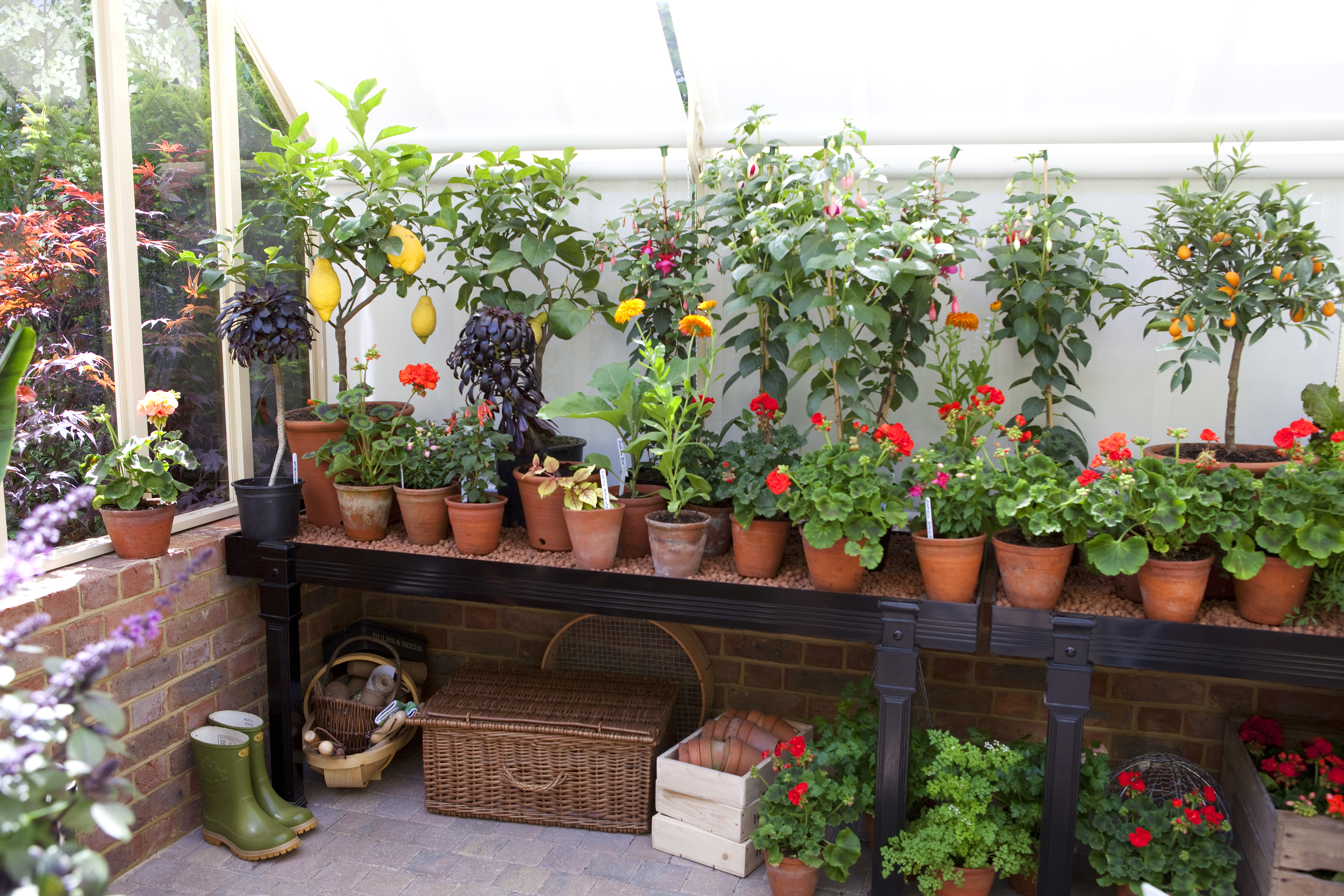
Since over 80 per cent of the world's flora occurs in warm temperature and tropical parts of the world, hothouses in the Victorian era allowed a wide range of plants to be cultivated, such as citrus, fuchsia and begonia, and you can continue this today with your greenhouse gardening
- Watering is key as plants can dry out quickly;
- Keep your greenhouse clean and tidy; an annual deep clean is a good way of clearing it thoroughly;
- Allow space for plants to grow as this also helps stop diseases developing. Find advice on the most common plants diseases and how to spot and treat them;
- Accept that there will be some pests in your greenhouse, just as there are in the garden;
- There is a multitude of exotic beauties you can grow under glass. To stay true to the Victorian origins of hot houses, consider growing citrus, pineapple and peach, or oleander, hibiscus, orchids, impatiens, begonia, palms, camellia and fuchsias.

Choose a sheltered spot with good light levels for a greenhouse
Greenhouse tips: expert advice from a gardening professional
John Myers is head gardener of Fairlight Hall, a historic garden in Sussex that has, at its heart, a large glasshouse. A temperate and tropical specialist, he was also part of the restoration of Kew’s Temperate House. He advises:
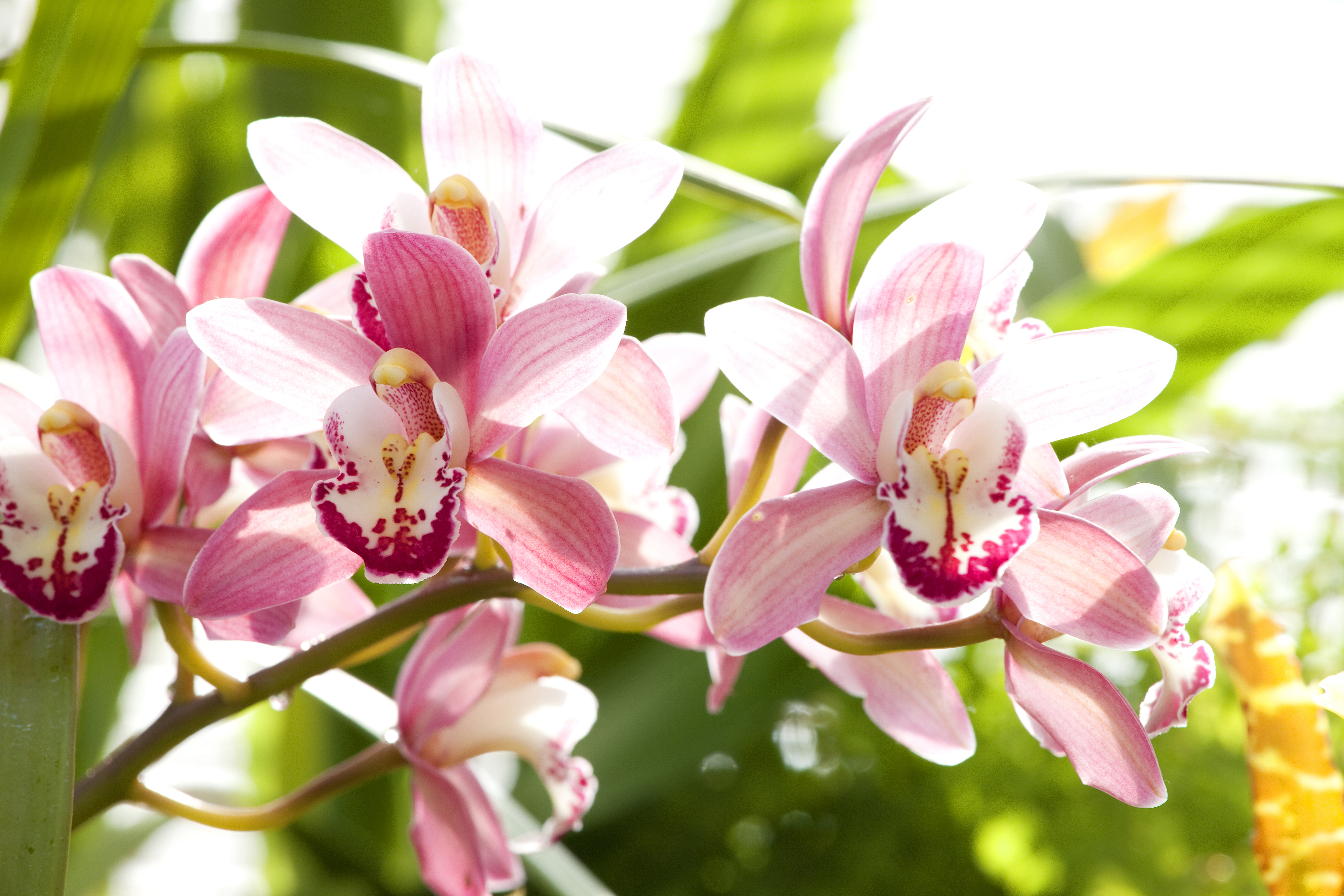
For success with an exotic orchid collection make sure there is adequate light
- Divide your glasshouse into sections, such as a place for propagation, one for growing on, and a section for plants that will permanently live in the glasshouse. This will allow you to meet the plants’ needs better and make life easier in the long run;
- A well-staged glasshouse gives a more professional look, with the largest plants at the back and smallest in the front. Mix foliage, colour, shapes and sizes for a good effect;
- Grow something fun and unusual, such as protea or Tibouchina urvilleana – you’ll be surprised at all the interesting plants that can be grown under glass;
- If you don’t have a budget for a glasshouse, use your windowsills. Windowsill propagators are available and plants such as cacti and succulents will be just as happy and don’t take up much space.
Cold frames: small scale gardening under glass
If you only have space for small scale 'greenhouse gardening', there are still many options available.
Cold frames – simply a wooden or brick box with a sloping lid of glass or polycarbonate – and mini-greenhouses are useful to wean greenhouse plants to the outdoor conditions.
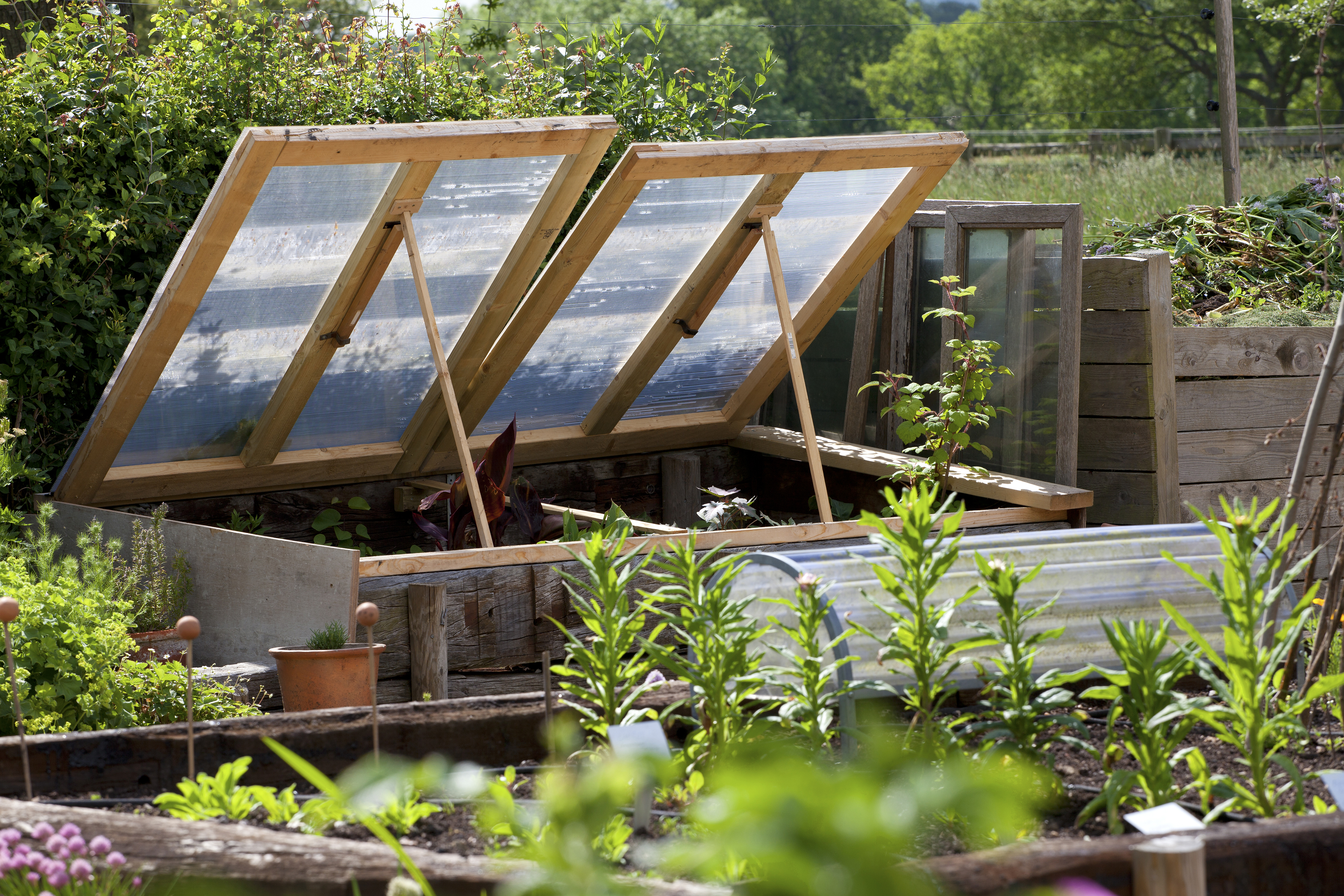
Wean greenhouse plants in cold frames, which can be made from a variety of materials
Cloches: the portable solution for cold spells
A cloche – in effect a portable microclimate – is used to protect seedlings in spring in the kitchen garden, or weather sensitive plants through winter.
Find more advice on container gardening for small spaces.
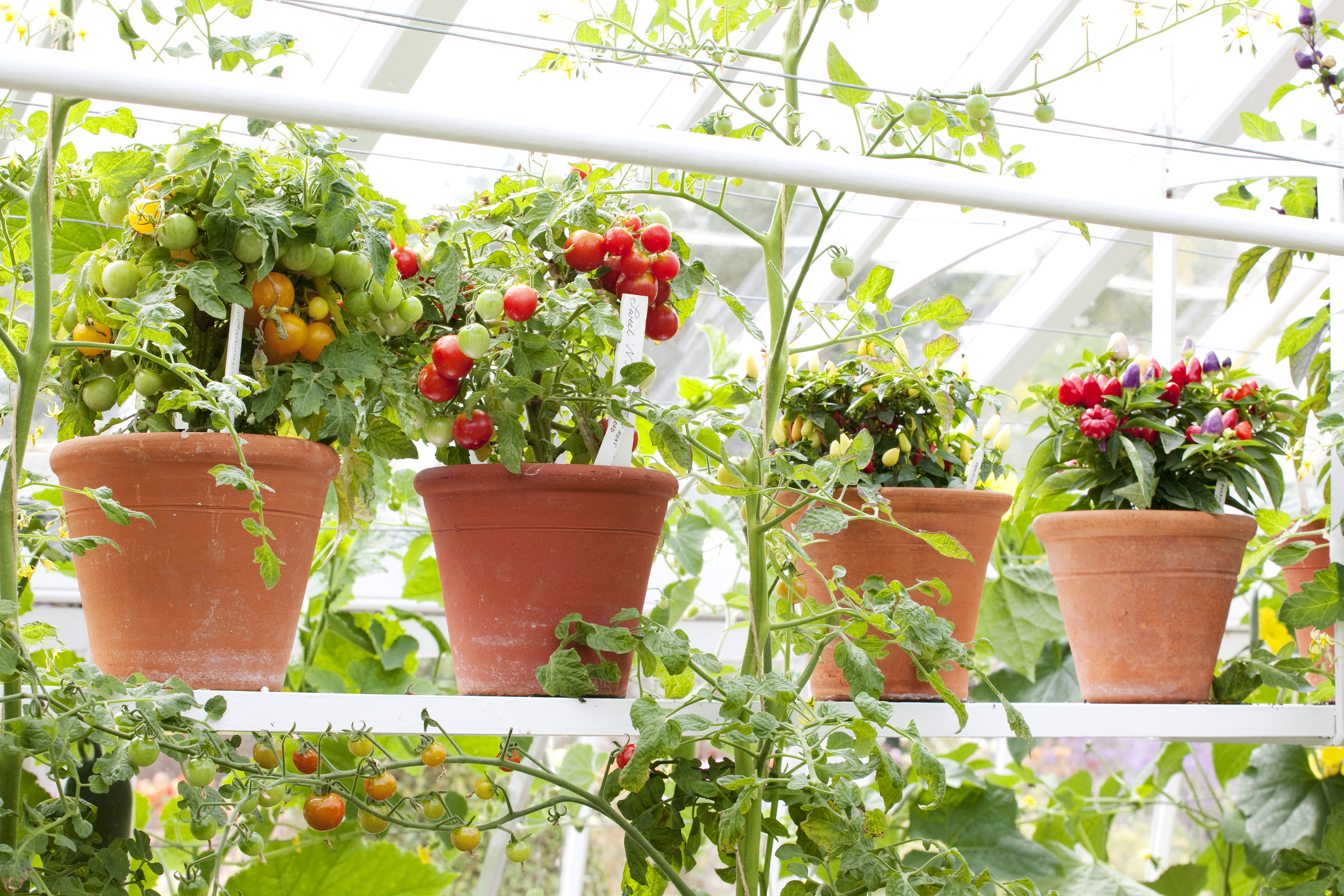
Shelves abundant with mini tomatoes and entwined tendrils of cherry tomatoes
Greenhouse gardens to visit
Gather inspiration for your greenhouse gardening and what to grow in your own oasis under glass, from these botanic gardens and those with working Victorian glasshouses:
Royal Botanic Gardens Kew, TW9 3AE. The world’s largest surviving Victorian glasshouse. Open year-round. Adults £16.50, children £4.50.
RHS Wisley, Surrey GU23 6QB. Cathedral-like glasshouse covering a size of 10 tennis courts, filled with tender plants. Open year-round. Adults £14.50, children £7.25.
West Dean Gardens, Sussex PO18 0QZ. 13 working Victorian glasshouses. Open Feb to Dec. Adults £9.50.
Bicton Park Botanical Gardens, Devon EX9 7BG. 1820s palm house, tropical, arid and temperate houses. Open year-round. Adults from £10.75, children from £8.95.
Birmingham Botanical Gardens, B15 3TR. With the character of a Victorian public park, there are four glasshouses, ranging from Tropical through to Subtropical, Mediterranean and Arid. Open year-round. Adults £6.75, children £4.72.
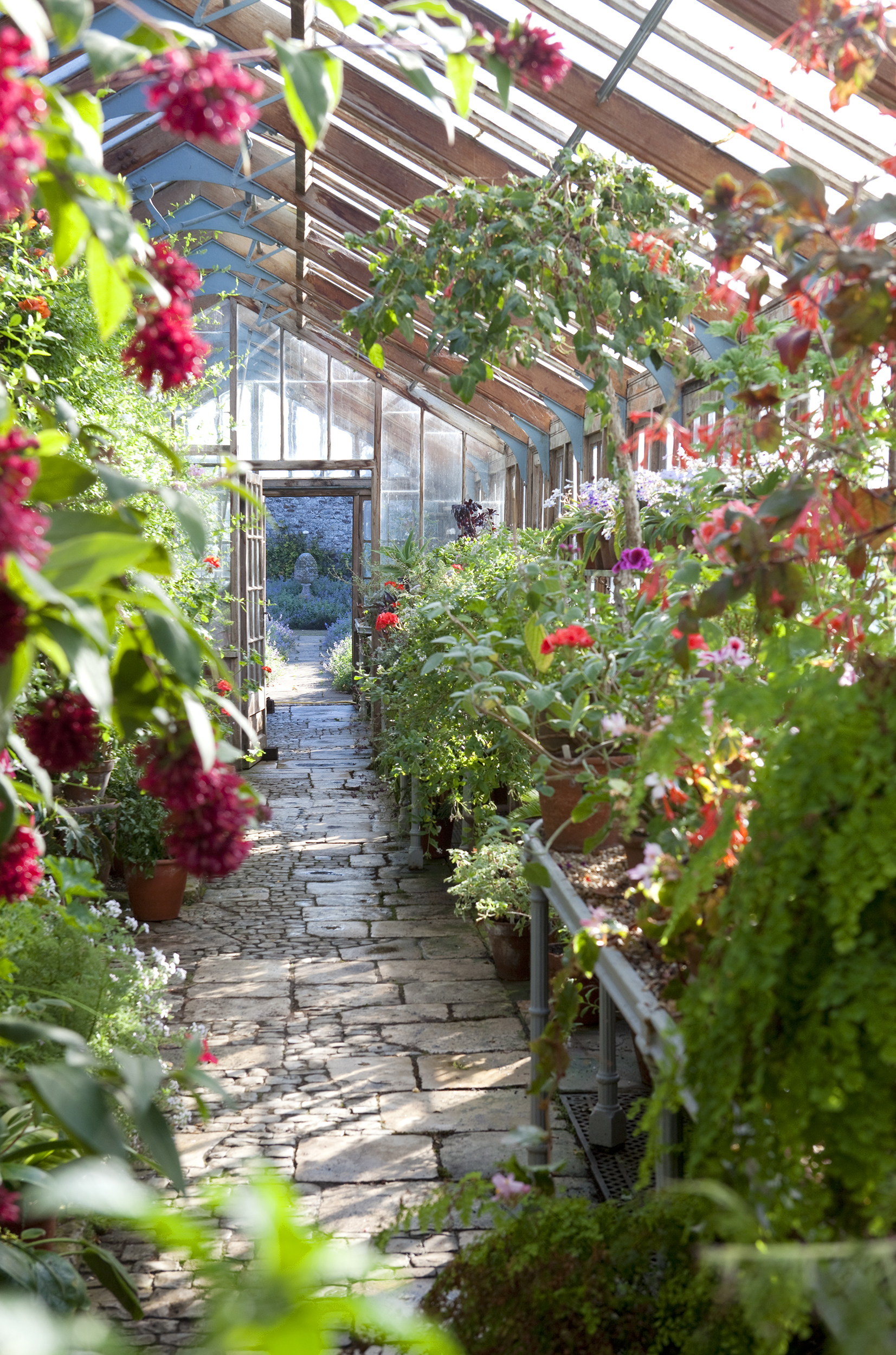
A lush collection of ferns, fuchsias, pelargoniums and other tender plants under glass at Parham House in Sussex
Traditional greenhouse suppliers
Choose a style of greenhouse that is complementary to your period property:
Alitex, Hampshire GU31 5RG. Home of the modern Victorian greenhouse, with a National Trust range.
Hartley Botanic, Greater Manchester OL3 7AG. Victorian glasshouse range.
Victorian Glasshouse Company, Sussex RH20 2DZ. Specialist in restoration and supply of 19th- and early 20th-century glasshouses.
Foster & Pearson, Sussex RH14 9DP. Glasshouses faithful to the Victorian originals.
Griffin Glasshouses, Hampshire SO24 9SQ. Bespoke greenhouses, glasshouses and orangeries.
Gabriel Ash, Chester CH3 6QP. Wooden greenhouses endorsed by the RHS.
More on gardening:
Join our newsletter
Get small space home decor ideas, celeb inspiration, DIY tips and more, straight to your inbox!
-
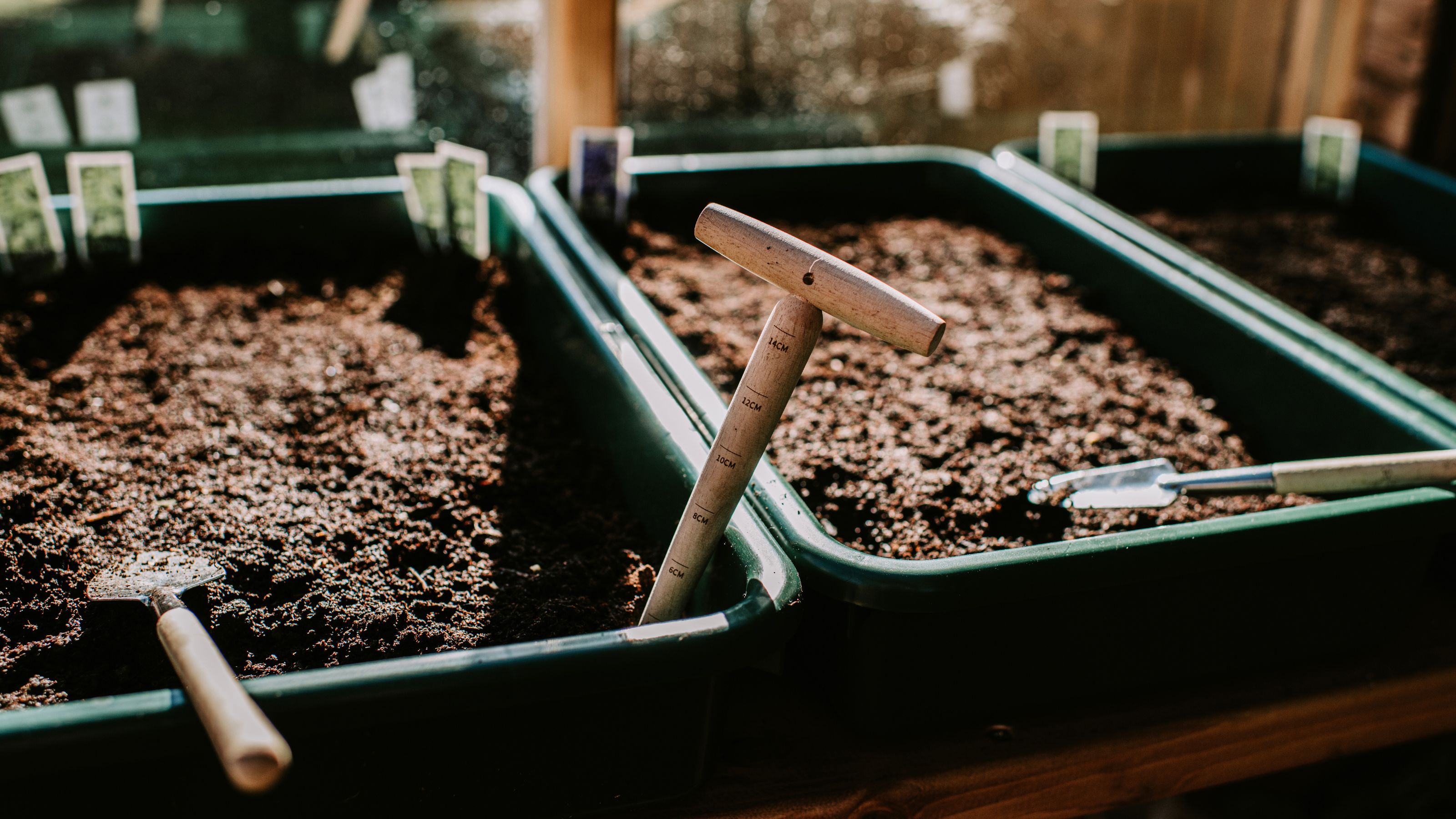 How to make compost — 8 easy steps gardening pros always use
How to make compost — 8 easy steps gardening pros always useLearn how to make compost at home in seven easy steps, whether you have a bin or want to create a compost heap. We've asked pros for their top tips
By Eve Smallman Published
-
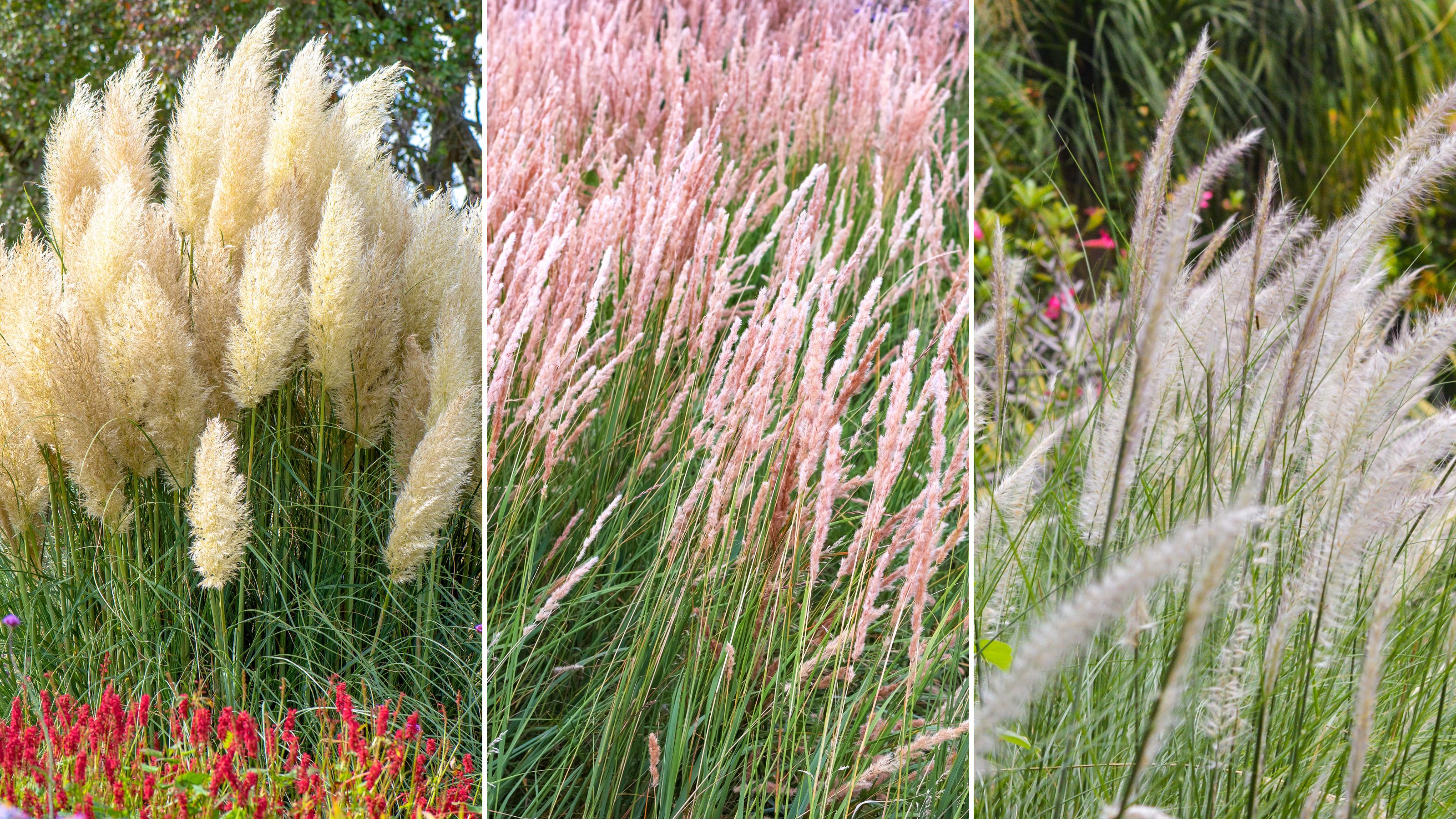 Planting ornamental grasses — the best types experts love and how to grow them
Planting ornamental grasses — the best types experts love and how to grow themWe've got you covered on planting ornamental grasses, speaking to experts about what ones to grow, how to grow them, and factors to consider
By Eve Smallman Last updated
-
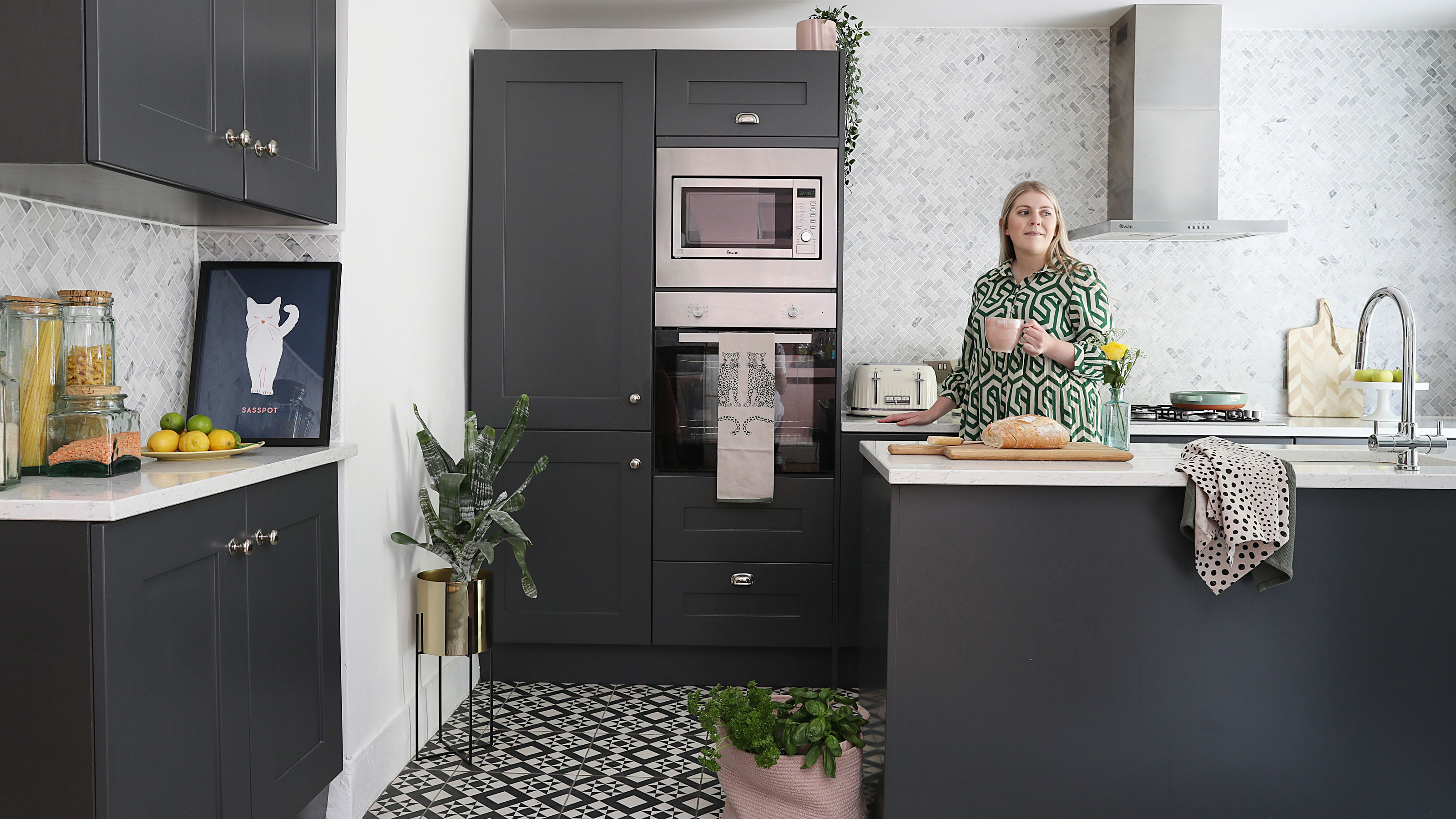 "Grotty" terrace is transformed with French flair and Ibiza vibes in the garden
"Grotty" terrace is transformed with French flair and Ibiza vibes in the gardenEsther Pillans' tired-looking Victorian terraced house was given a makeover with a touch of Parisian chic
By Ellen Finch Published
-
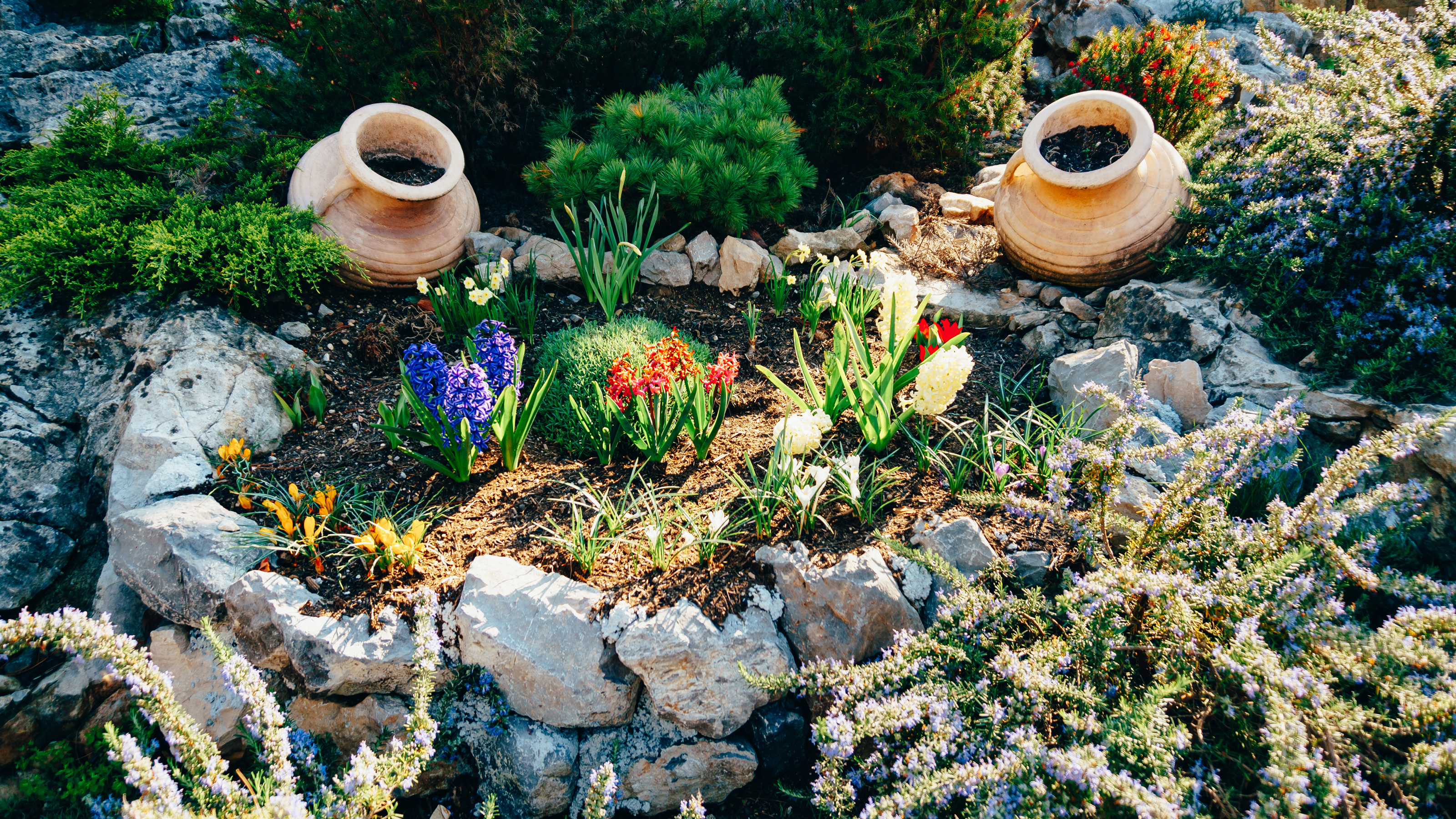 Rock garden ideas – 10 DIY ways to create a rockery
Rock garden ideas – 10 DIY ways to create a rockeryThese rock garden ideas are suitable for outdoor spaces big and small. Create your own rockery on a lawn or even on a balcony with just a few materials.
By Anna Cottrell Published
-
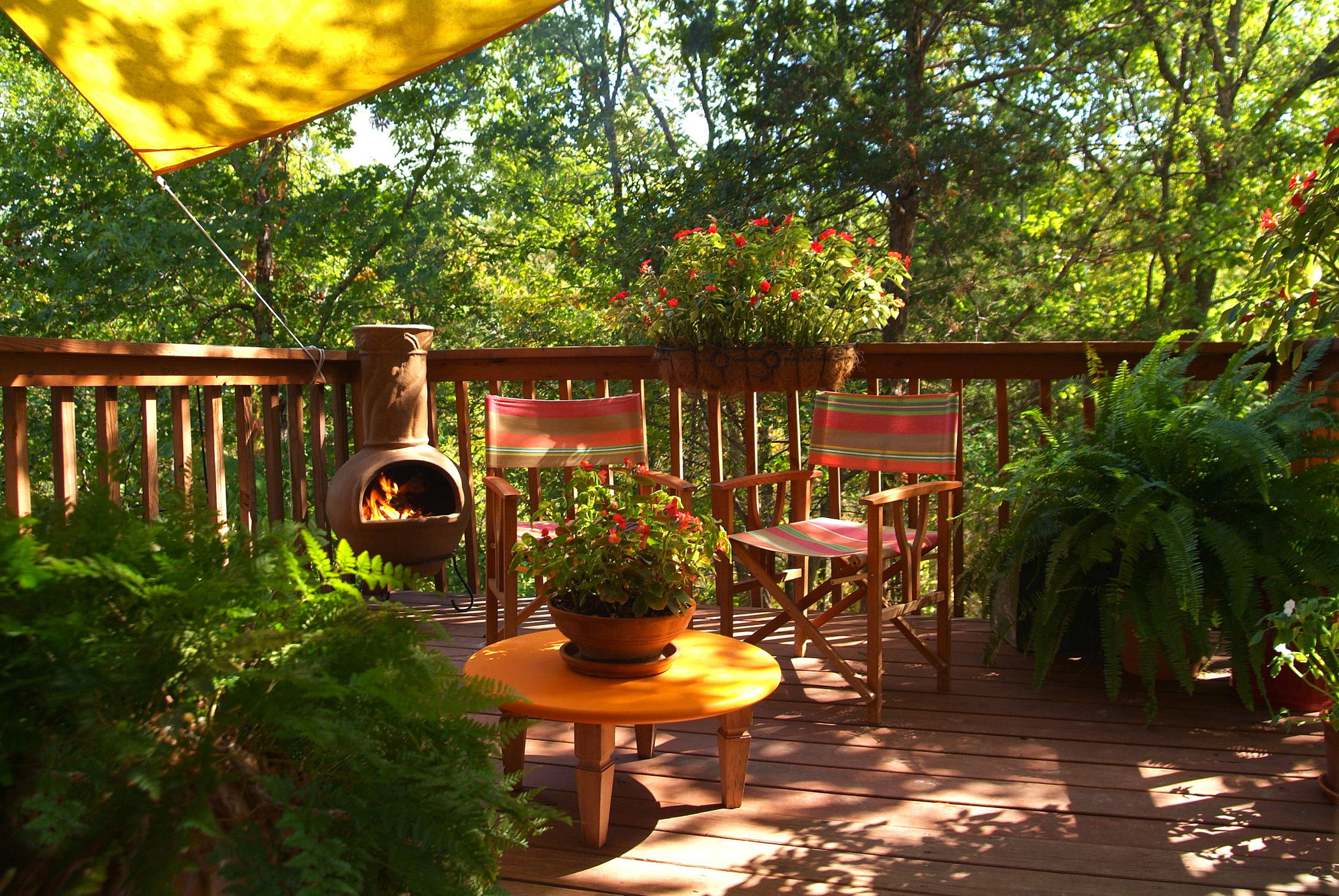 Cabin fever? These chimineas will extend the life of your patio
Cabin fever? These chimineas will extend the life of your patioThis cold-weather season, cozy up to our favorite chimineas!
By Brittany Romano Published
-
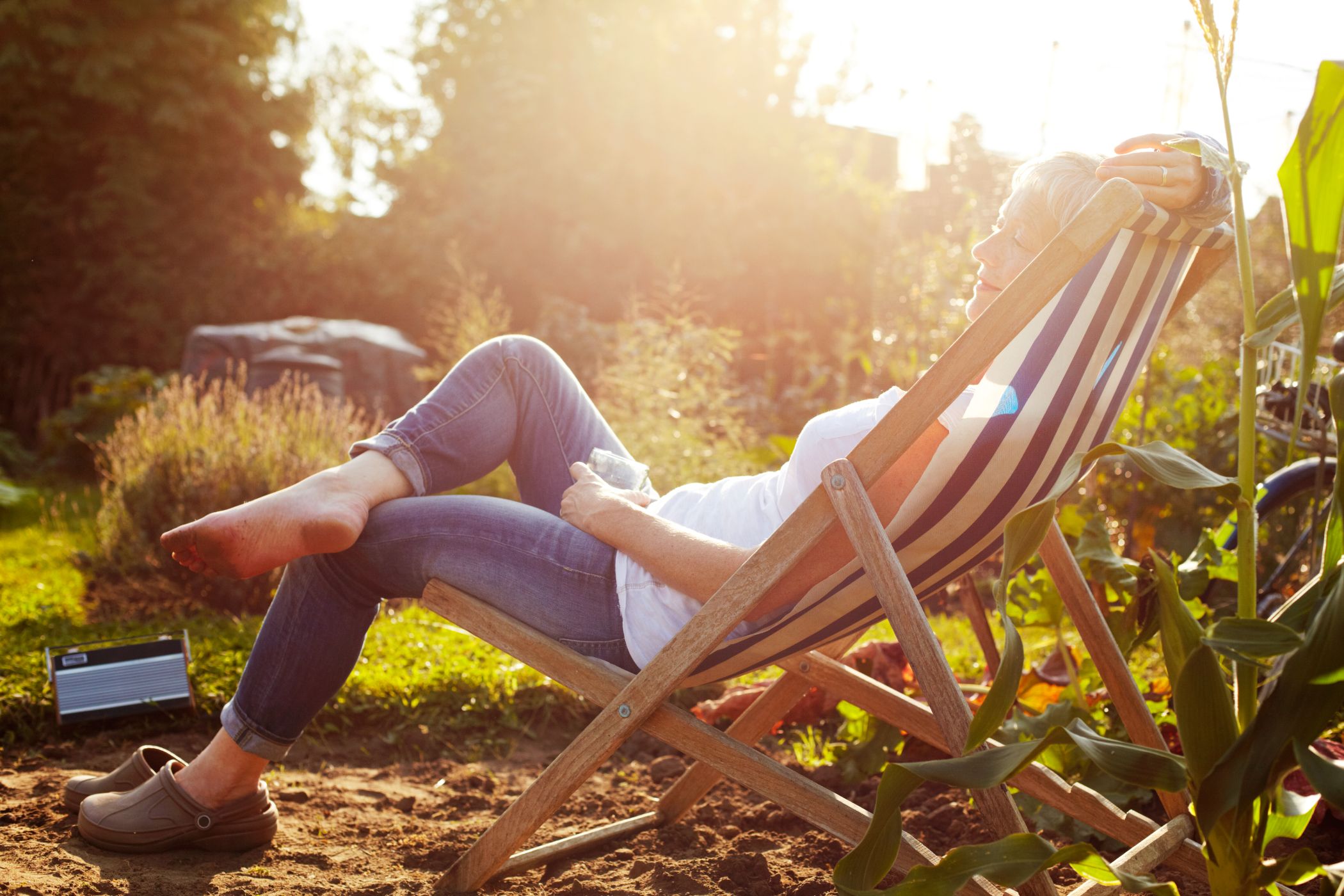 5 outdoor summer essentials to prove Society6 is your one-stop-shop this season
5 outdoor summer essentials to prove Society6 is your one-stop-shop this seasonCheck off all of your outdoor summer essentials by shopping exclusively at Society6.
By Brittany Romano Published
-
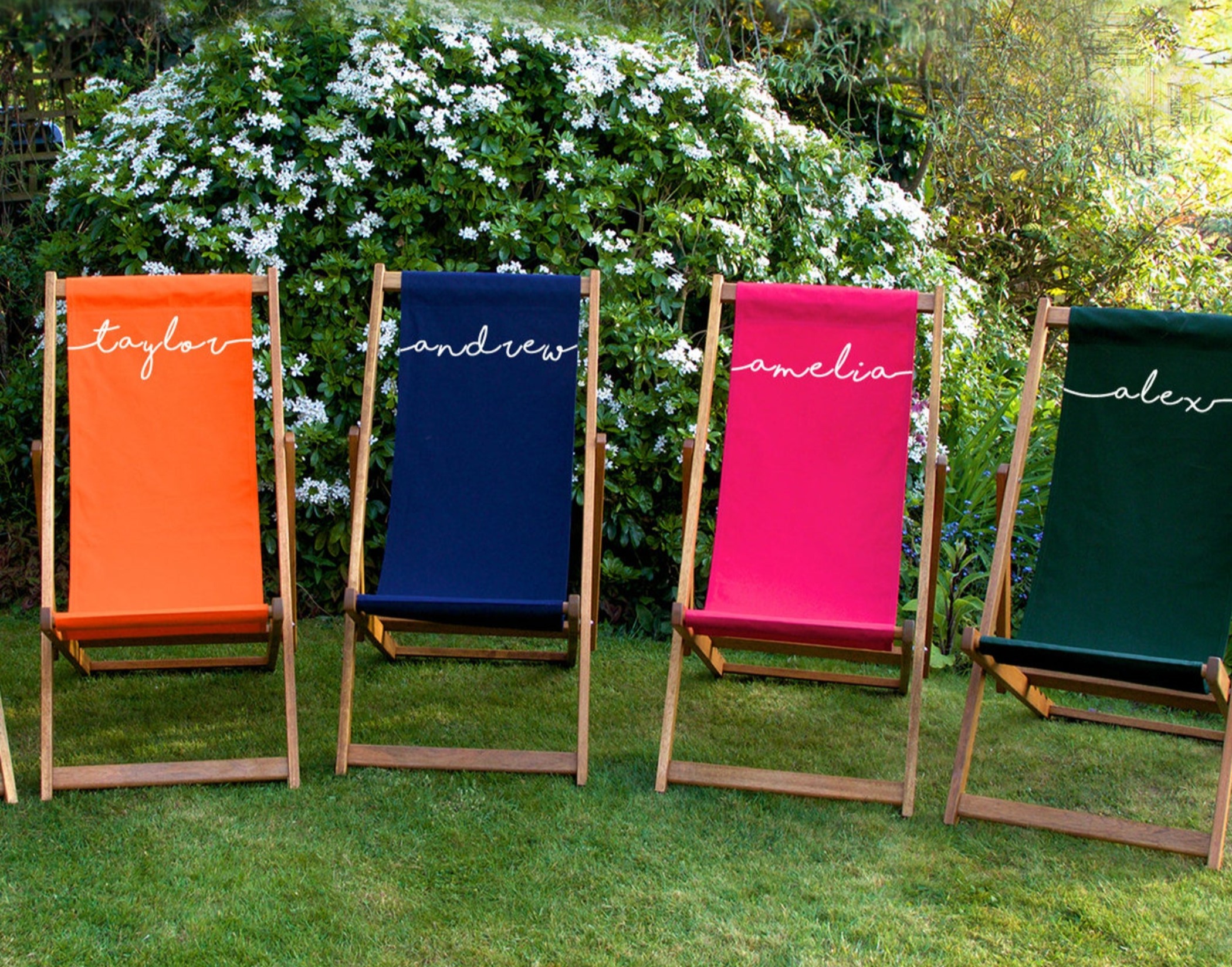 The first-ever Etsy outdoor sale is happening now, and we're buying these 5 items
The first-ever Etsy outdoor sale is happening now, and we're buying these 5 itemsFor a limited time, this Etsy outdoor sale will give your backyard the facelift it needs — at a fraction of the cost.
By Brittany Romano Published
-
 The benefits of houseplants – 8 feel-good ways plants help your health
The benefits of houseplants – 8 feel-good ways plants help your healthEnjoy the many benefits of houseplants. Air-purifying, anxiety-soothing, mood boosting and more positive vibes.
By Camille Dubuis-Welch Published